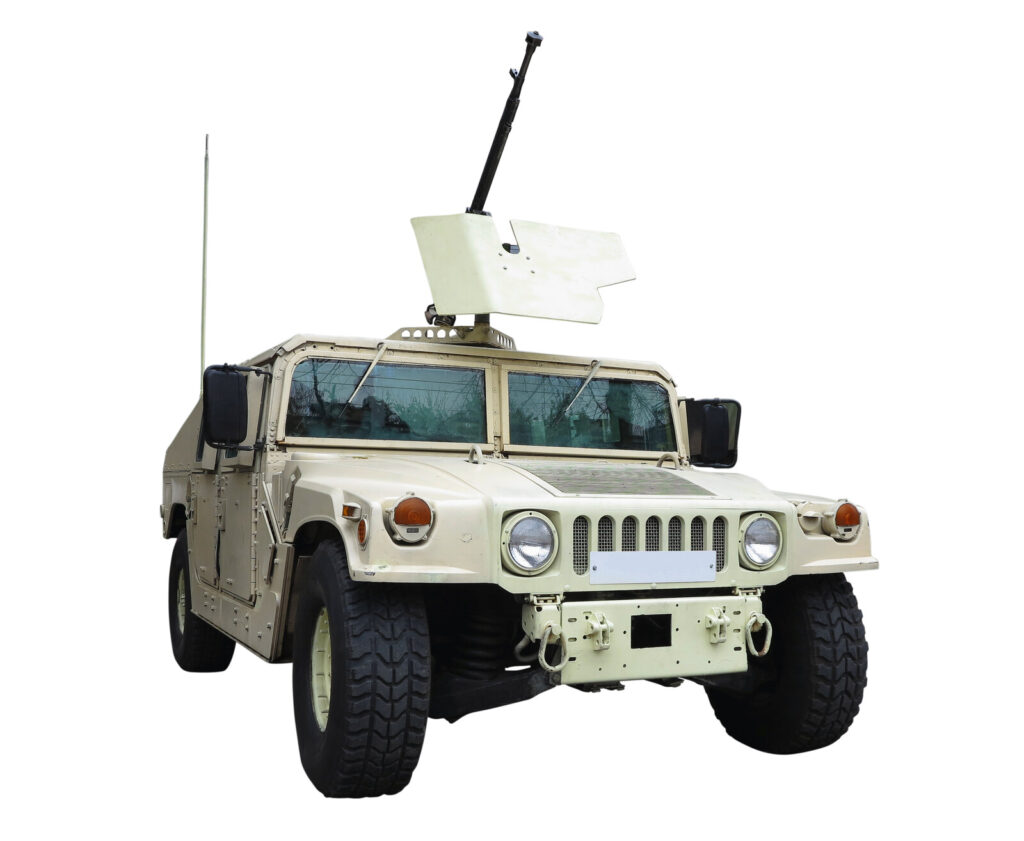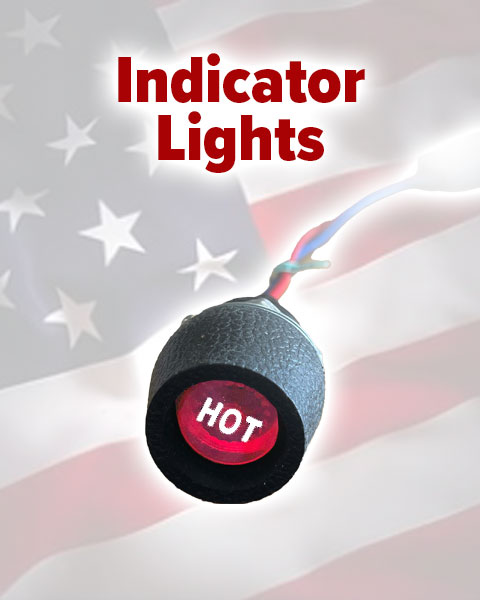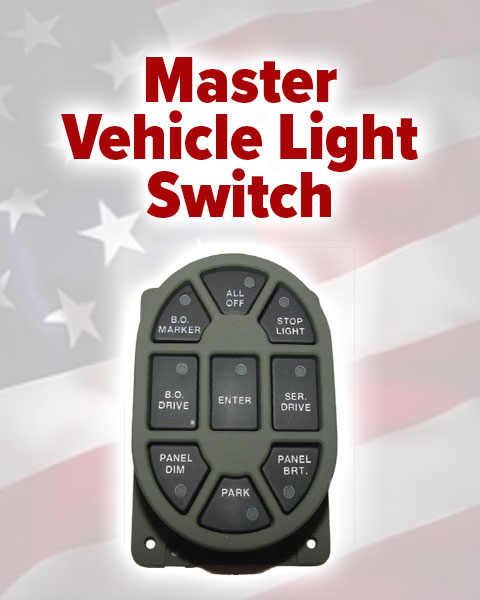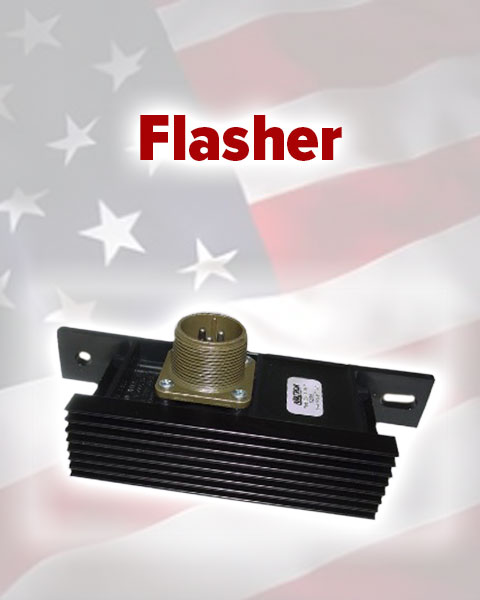Redesigning the HMMWV Glow Plug Controller for Enhanced Performance
A glow plug controller for military vehicles is an electronic device used to control the operation of glow plugs in the engine’s combustion chamber. Glow plugs are heating devices installed in diesel engines to aid in cold starting by preheating the combustion chamber. The glow plug controller manages the activation and timing of the glow plugs, ensuring optimal conditions for ignition and smooth engine startup, particularly in cold weather or under challenging environmental conditions.


High Mobility Multipurpose Wheeled Vehicle's Glow Plug Controller
Since its introduction, the High Mobility Multipurpose Wheeled Vehicle (HMMWV) has faced challenges with its protective control box PCB, impacting readiness and operational costs. To address these issues, the US Army Tank-Automotive Research, Development, and Engineering Center (TARDEC) embarked on developing a Vehicle Control Unit (VCU) as a replacement for the PCB and glow plug controllers (GPCs) found in HMMWVs. This article explores the efforts and innovations involved in creating a more reliable and efficient system.
Background
To improve the functionality and performance of the PCB, TARDEC’s rapid prototyping team sought to leverage cutting-edge electronic technologies available in the commercial marketplace. The goal was to create a cost-effective replacement system capable of handling various scenarios, including cold-weather starting and addressing glow plug burnout issues caused by repeated ignition cycling.
Identifying HMMWV Glow Plug Problems
Thorough research led TARDEC’s engineers to pinpoint several problems with the PCB. First, the relays within the PCB were burning out quickly due to voltage fluctuations ranging from 9 to 34 volts. Secondly, the PCB contacts were welding shut due to the high current passing through them. The most critical issue was the accelerated burnout of glow plugs, a consequence of “stacking” caused by excessive heat buildup during repeated ignition cycles.
Solving the Problem
TARDEC’s objective was to develop an innovative, cost-effective replacement system capable of handling all the functions of the PCB while addressing issues related to cold-weather starting and stacking. Leveraging state-of-the-art solid-state electronics technologies, the PCB was re-engineered into the VCU, a fully solid-state device comprising transistors, diodes, and other electronic components.

VCU Microcontroller
At the core of the VCU is an 8-bit microcontroller, integrating a central processing unit, memory, timers, interrupt controllers, and analog-to-digital converters. This highly integrated chip significantly reduced the number of components and design costs. The microcontroller collects, monitors, and evaluates data from various parts of the HMMWV’s electrical system, enabling precise control of power delivery to the glow plugs based on battery condition rather than relying solely on engine temperature.
Other Innovations
In addition to replacing the GPC with the VCU to streamline vehicle electronic components, the redesign removed all PCB relays. Instead of a single relay activating all eight glow plugs simultaneously, the VCU separates the plugs into individual channels, reducing switching noise and improving performance. Individual transistors for each glow plug enable engine startup even with some plugs burned out. The new design also significantly reduces or eliminates the initial startup smoke caused by improper heating of glow plugs.
Testing and Conclusion
Extensive testing, including a four-month in-vehicle fuel test, was conducted to ensure the VCU’s reliability in a wide temperature range (-25°F to 85°F). The HMMWV consistently started, surpassing the requirements for rigorous field demands. Preliminary data indicates that this innovative solution successfully addresses the HMMWV’s failure issues and offers improvements in technology, operations, and the environment. TARDEC believes that this approach can be applied to other tactical wheeled vehicles facing similar problems in the fleet.
In conclusion, the development of the VCU as a replacement for the HMMWV’s PCB and GPCs has resulted in a more reliable and efficient system. By leveraging modern solid-state electronic technologies, TARDEC engineers have overcome the challenges associated with glow plug control, enhancing the HMMWV’s performance and reducing maintenance costs.











